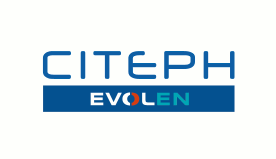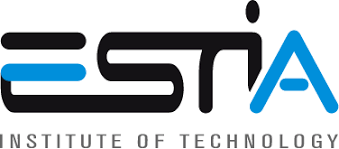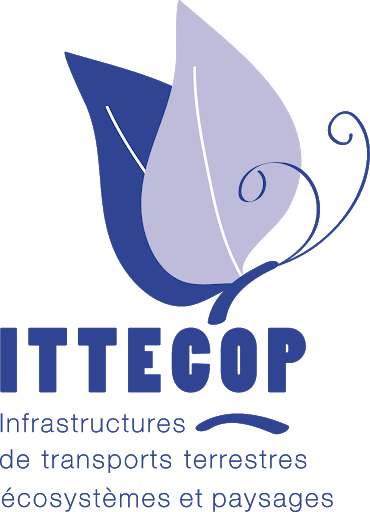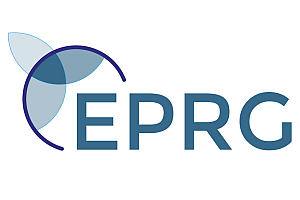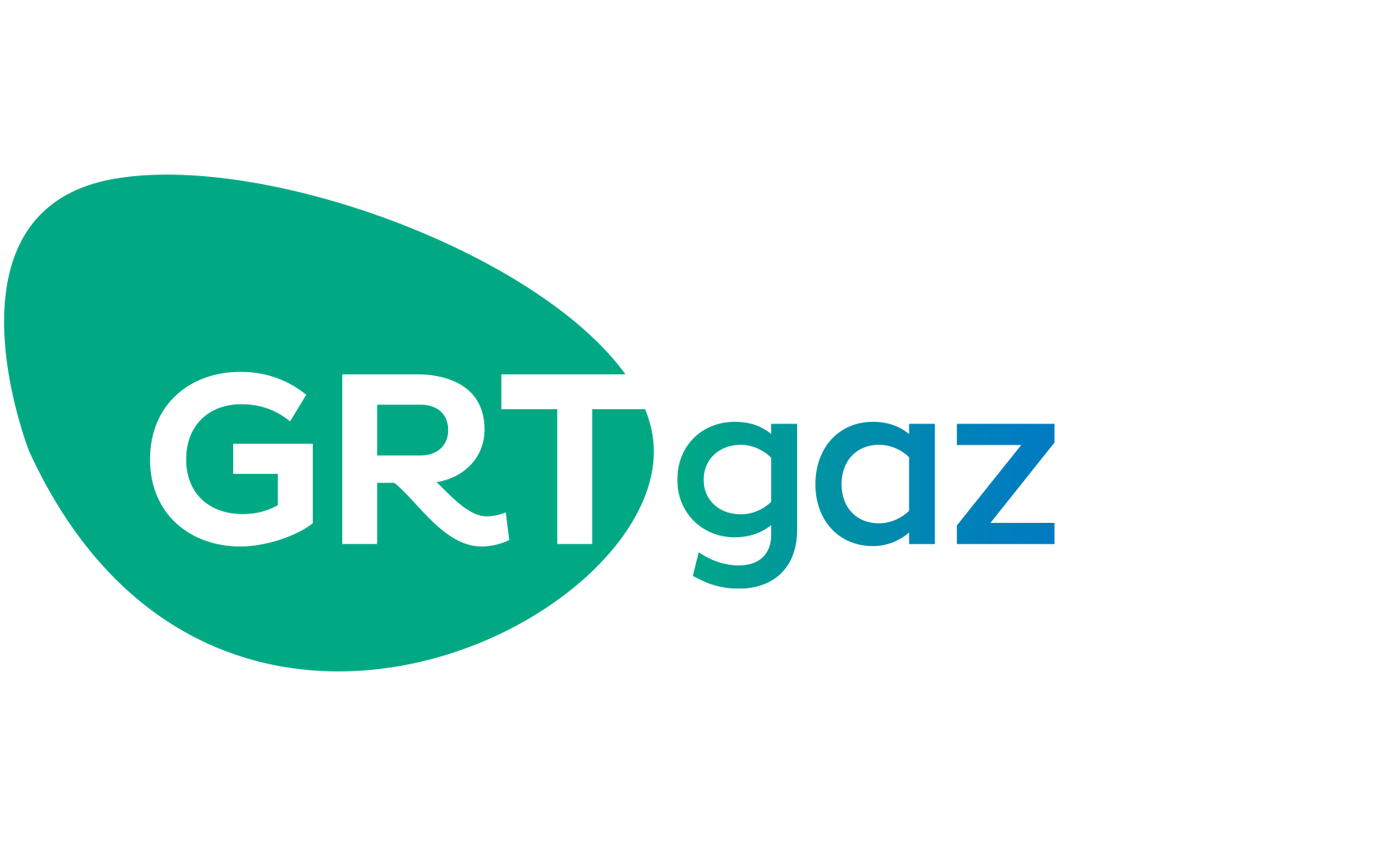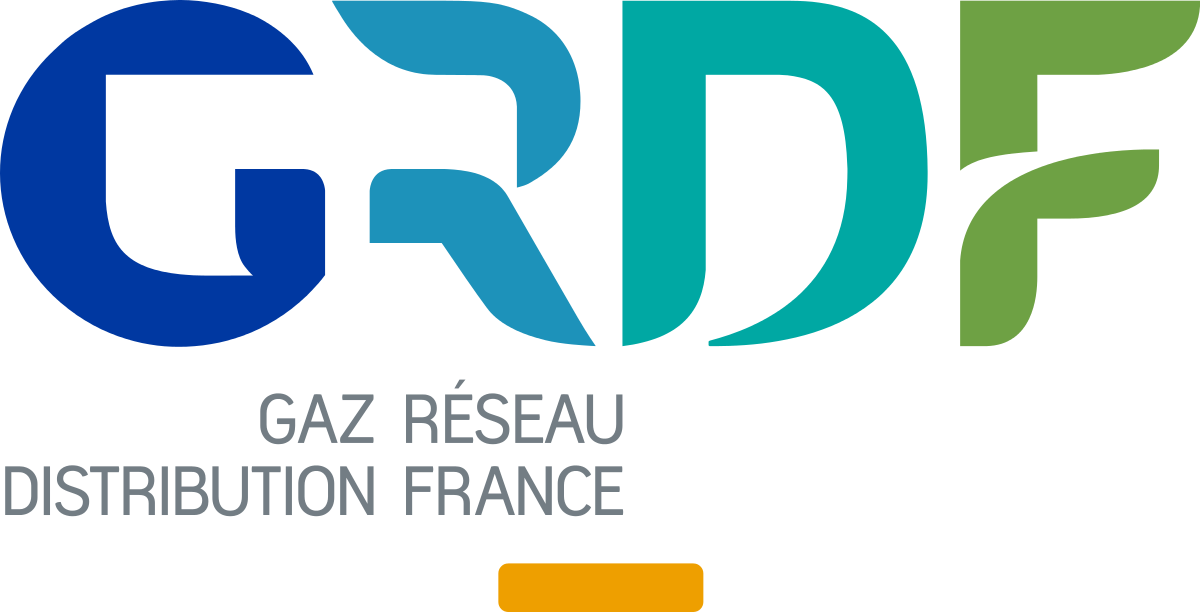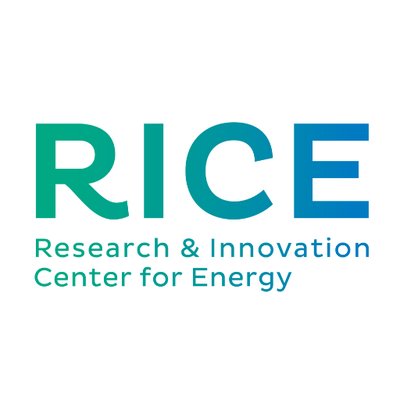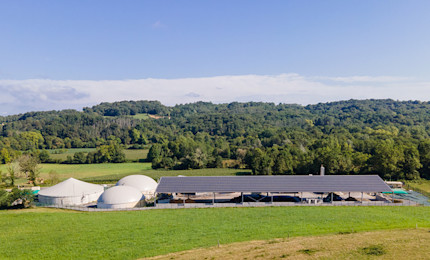Gas emergency 0 800 028 800

With Teréga, new gases are central to the development of energy and the regions
Given our desire to play our part, alongside you, as an accelerator of energy transition, we have introduced initiatives to encourage the development of new gases. Indeed, with the challenges of the environment, climate and energy emergency, we are convinced that gas has a role to play in driving the construction of a low-carbon energy mix. It is actually a priority, if we want to reach the national target of 7-10% of the gas consumed in France being renewable by 2030. So we continue our initiatives, particularly concerning methanisation, methanation and Power-to-Gas.
What are the new gases to which Teréga makes a contribution?
To prepare, encourage and anticipate the changes brought about by energy transition: for us this approach is synonymous with innovation. We are currently focussing the majority of our action on three new gases:
biomethane: created with the recovery of energy from household, organic agricultural and food industry waste;
hydrogen: a totally carbon-free gas which can be combined with many chemical elements;
synthetic methane: obtained by applying a mature biological or chemical process known as methanation.
New gases with numerous benefits for the regions
Biomethane, hydrogen and synthetic methane, apart from their huge potential in the context of energy transition, also have a number of benefits, particularly for the regions:
they represent renewable gases that can be injected into gas grids;
they offer a number of possibilities for exploitation (heat, electricity, fuel, motive power etc.);
biomethane enables local authorities, as well as farmers and industry, to give their waste a second lease of life;
they encourage the development of a virtuous, circular economy;
they facilitate a “new” competitive economic development of the regions;
they satisfy the desire and need to reduce greenhouse gases (GHGs).
How teréga can support you through these developments
For us, the potential of biomethane is a long-held conviction. We first injected it into our grid in 2015, and we authorised the injection of biomethane created by methanisation into our underground storage facilities in 2017. So we support those leading biomethane projects for connection to our grid as a contribution to that sector.
In addition, our Research & Innovation department is continuing to develop our knowledge:
about the composition of all types of biomethane, so that we can make sure they are fully compatible with our infrastructures;
on topics linked to hydrogen, to study higher levels, when mixed with natural gas, and check its compatibility;
on the different methanation processes, for synthetic methane, playing an active role in collaborative projects.
Furthermore, we got ahead of those developments by taking part alongside GRTGaz in France’s first Power-to-Gas demonstrator scheme: Jupiter 1000





